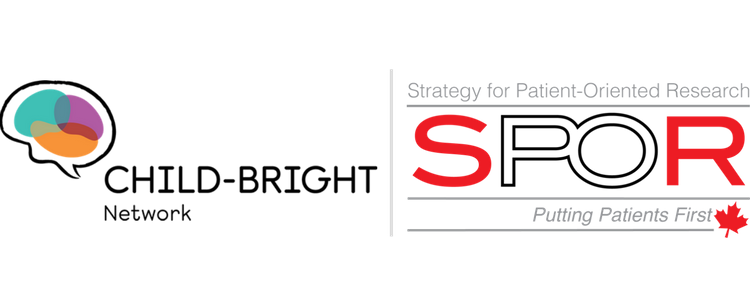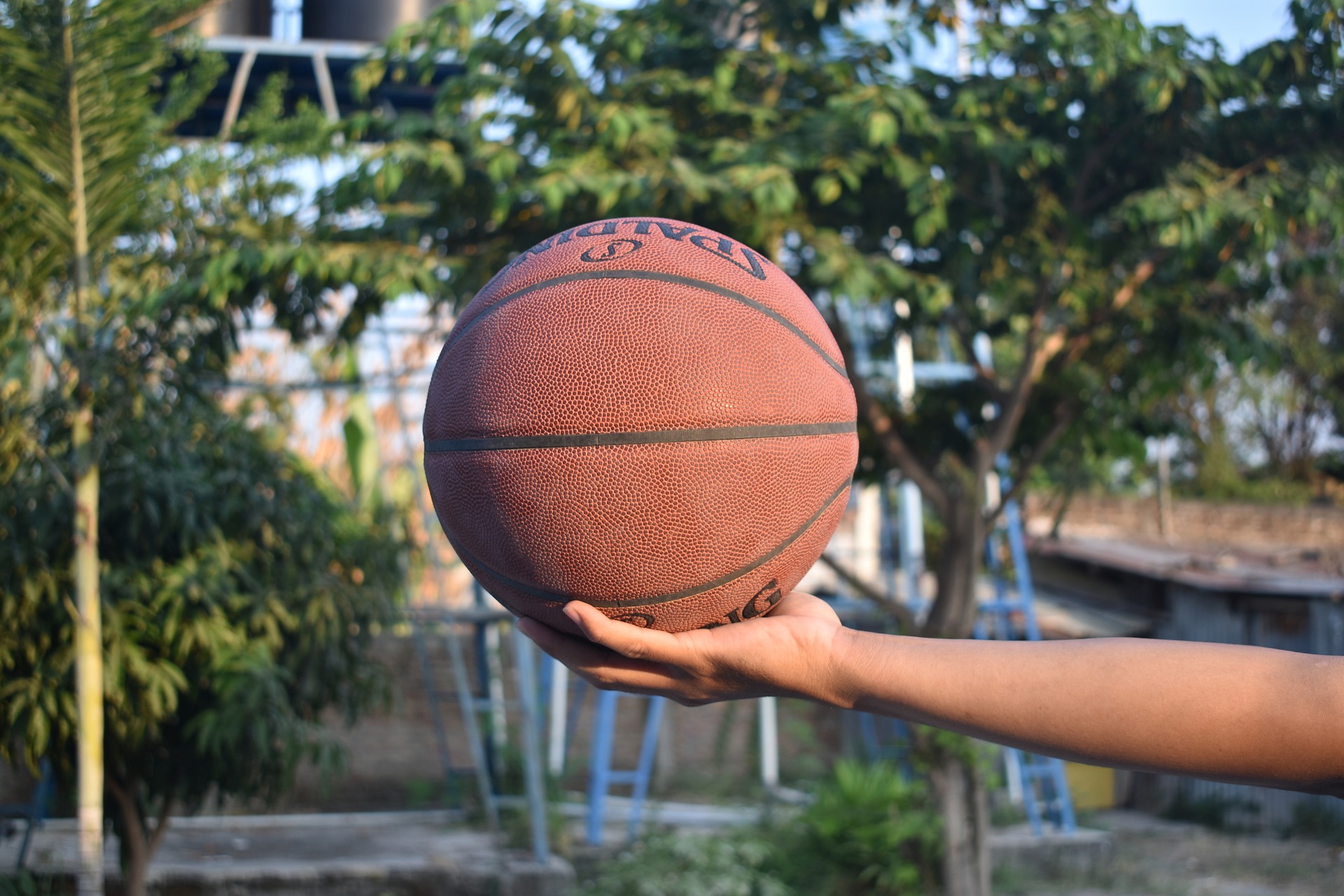This testimonial was originally published in the National Hospice and Palliative Care Organization’s ChiPPS pediatric e-journal #54.
By JoAnne Mosel, CHILD-BRIGHT Patient-Partner, and Richard’s mom
The transition of a child with a brain-based developmental disability from the pediatric to the adult care system is an issue of large concern today in Canada, and many parents like myself, who have been through this step, continue to face challenges despite our child now being an adult.
My name is JoAnne and my son Richard is now 31 years old. He has a rare disorder called Duplication 15q (Isodicentric 15q) Syndrome which manifests in autistic traits, sleep disorder, pervasive developmental disorder (PDD) and epilepsy, among others.
The Start of Transition
When my son entered his teens, I began to grow more aware that we would need to prepare for his adult years. School had been our main service provider and we knew he would soon age out. The school took over responsibility for many therapies that he needed such as speech therapy, occupational therapy and physical therapy. During his teens, he even received applied behavioural analysis therapy, which is usually reserved for children under the age of 5 with autism. This was provided on a one-on-one basis and his therapist was an excellent match for his personality. He made good progress, from which he benefits still to this day.
But other services and professionals were growing more elusive.
His neurology team had taken a back seat since an EEG revealed atypical spikes but no clear reason to medicate him or follow up regularly.
His pediatrician only saw him for emergencies such as earaches or other such issues.
And although behavioural specialists and psychiatrists were still in the picture, as the years went by, therapists fell to the wayside. It became more and more difficult to access services. Budgets were being cut and getting an appointment with a social worker or coordinator took months.
Where to Start?
As I prepared for his transition, I wondered where to turn. Was transition a subject to be broached with the education system or the social services system? In our case, we wanted to pursue two options in particular: access to a rehabilitation day centre or a specialized education adult centre. When he was about 14 or 15 years old, I began to ask questions about these options and was told we’d have to wait.
In our case the age of 18 would be pivotal for the medical side whereas 21 would be the age-out for educational purposes.
At the age of 21, he started going to a rehabilitation centre where he was doing productive activities, but over time, these were abolished. And contrary to the name, no rehabilitation services were included.
Transition Happens Everywhere
One thing I learned by watching Richard grow from a teenager to an adult is that transition is about more than medical care and services… it’s about supporting the entire child. In 2012, Dr. Peter Rosenbaum and Dr. Jan Willem Gorter, Co-Founder and Director of CanChild respectively, published a paper titled “The ‘F-words’ in Childhood Disability” that introduced 6 words that the authors believed should be the focus of childhood disability: Function, Family, Fitness, Fun, Friends, and Future. These resonated with me, and I’d like to share the impact of transition on these 6 crucial fronts for Richard:
FUN – My son used to enjoy going to concerts and shows. Music is his one great love and when he was young, going to children’s shows was fun, inexpensive and very doable despite always struggling with crowded open spaces. The noise, movement and unpredictability caused him distress and affected his behaviour.
As he grew older, kids’ shows were no longer an appropriate venue and he became more and more difficult to manage in public due to his growing strength and the impact of his seizures and medication (effective or otherwise).
Music class seemed like a good option and we found one geared to individuals with disabilities, but he was asked to withdraw after 3 weeks. They judged him to be too able. Most of the participants were in wheelchairs and they said he was too mobile and disturbed them.
We tried other activities but as he grew older, those also became problematic. He couldn’t keep up in Boy Scouts; his skiing instructor found him too big and heavy to pick up or guide down the hill, etc.
He was losing access to the activities he most enjoyed.
FITNESS – While my son was in school, he had access to the school gym. This gave him an outlet for his pent-up energy and he enjoyed shooting baskets. The gym also had climbing equipment, bean bags to throw, and the staff ran exercises to promote hand-eye coordination.
Once out of school, the burden was on me and my family to find activities that would keep him strong and healthy. Most organized activities offered by the community became competitive, and these did not suit him. During his teens, he participated in track and field in the Special Olympics but after a few years of this, it became less and less worth going. There was too much waiting in line for him. The large environment was overwhelming with its high ceilings and echoes. His sensitivity to noise also resulted in worse behaviour rather than better.
He now goes to the pool at our local Y to swim.
FAMILY – As my son grew older and stronger, his behaviour became more unpredictable making family get-togethers with my small extended family more difficult. He started to exhibit more signs of aggression and violence. He had difficulty tolerating the noise and couldn’t handle many people speaking at the same time. He made his displeasure known. His siblings tolerated his breaking their belongings but made sure to let him know, in no uncertain terms, they were not happy. Richard also increasingly wanted their attention; wanting to sing together, read together, go for walks.
His younger siblings did their best to dedicate this time to him—they would sing and read to him—but as siblings do, they also often picked on each other.
FRIENDS – Like many kids with his type of disabilities, my son’s friends are few and far between. While he was integrated in a regular school and class (with an aide), a few children took an interest in him. They would volunteer to help, say, bring him to the school gym or to another activity. They would throw around a ball with him in the schoolyard.
But once out of an integrated setting, there were no friends to speak of. He lacks the independence or skills needed to be in groups of verbal individuals, or to participate in their activities. His interests lie in one-on-one socializing. Back and forth verbal interaction is not possible in groups of non-verbal individuals with whom he is placed.
FUNCTION – In transition, much emphasis is placed on developing activities of daily living. For some reason, academic skills are left behind. I don’t understand why this is so often the case. I believe it is a misunderstanding and dogma surrounding the ability to learn once one is outside of school age.
Collecting bottles and returning them in the bottle return machine at the grocery store is an activity that has taught him concepts more concretely than a classroom setting could provide. The voucher emitted from the machine meant it was time to go shopping and he could purchase what he wanted. This was a critical milestone. It meant gaining a bit of control over his life.
Like most of us, he went through a period of having a strong need for control over his life. I feel this need cannot be overstated. It occurs perhaps at a time when even more control is being exerted by outside forces. Parents, teachers, time schedules... all infringing on his need to want to sleep in, eat when he felt like eating, do what he wanted to do. When trying to structure his time became too exhausting, we’d let him go on YouTube to watch videos. He was initially unable to navigate using a mouse, but quickly became extremely adept at it. I noticed, after watching what he was doing for a while, that he was capable of much more than I’d realized.
Which leads me to the final word: FUTURE
At this point, there is no plan in place; we are still searching for ways to best support Richard as a now 31-year-old adult. There are no interesting goals laid out, only vague words such as ‘increasing independence’ or ‘functional skills’. But as long as he is medically stable (seizures under control, side effects of the meds minimized, etc.) I’m hoping he will be offered many learning opportunities, socially, functionally and academically.
On my end, I am doing what I can to help improve the system for children like him in the future. I am now a patient-partner on a research project called READYorNot, funded by the CHILD-BRIGHT Network and co-led by Dr. Gorter (one of the authors of the F-Word article that I referenced above) as well as Dr. Ariane Marelli and Dr. Khush Amaria. In this project, we are developing and evaluating e-health aids to help patients and families take charge of this transition. The project is supported by Canada’s Strategy for Patient-Oriented Research (SPOR) initiative, which endorses the active partnership of patients, researchers, health professionals and decision-makers in research to build a sustainable and accessible health care system that optimizes the health of all Canadian citizens, including my son. By sharing my story here, and my experience within the READYorNot team, I hope to help make the lives of children like my son better in the future.






